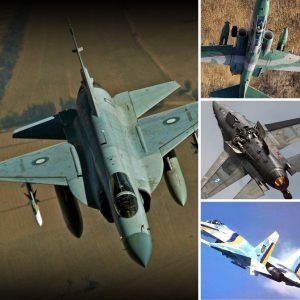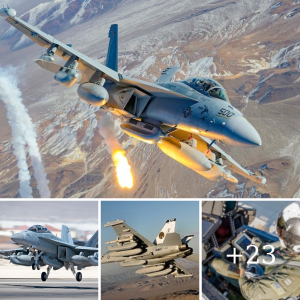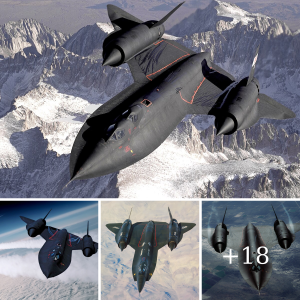For decades, the F-15 Eagle has been the backbone of U.S. air superiority, a symbol of unrivaled power and performance. Since its introduction in the 1970s, this iconic fighter jet has continuously evolved, maintaining its status as one of the most lethal aircraft in the world. But what makes the F-15 so legendary? Let’s dive into the history, capabilities, and future of this awe-inspiring machine.

A Legacy of Air Superiority
The F-15 Eagle was designed with one mission in mind: to secure air superiority for the U.S. Air Force. Born during the Cold War, when the threat of Soviet fighter jets loomed large, the F-15 quickly distinguished itself as a force to be reckoned with. Its debut in the Vietnam War demonstrated its unmatched agility, speed, and ability to dominate air combat.
Equipped with cutting-edge radar systems, advanced avionics, and powerful engines, the F-15 boasts an impressive record. With over 100 victories and zero combat losses, it has proven its superiority time and time again.
Raw Power Meets Advanced Technology
What sets the F-15 Eagle apart is its combination of brute strength and sophisticated technology. Powered by two Pratt & Whitney F100 engines, the aircraft can reach speeds of up to Mach 2.5, allowing it to outrun most adversaries. Its incredible thrust-to-weight ratio enables it to perform sharp maneuvers and maintain dominance in dogfights.
But the F-15 isn’t just about speed. Its advanced radar system gives it a 360-degree view of the battlefield, allowing pilots to track and engage multiple targets simultaneously. Armed with a range of missiles, including the AIM-120 AMRAAM and AIM-9 Sidewinder, the Eagle is equipped for both short-range dogfights and long-range engagements.

An Evolving Legend
While the original F-15 was already a formidable fighter, it has continued to evolve. The F-15C, an upgraded version, focuses on air superiority with improved avionics and weapons systems. The F-15E Strike Eagle, meanwhile, is a multi-role variant capable of both air-to-air combat and ground attacks, making it a versatile asset on the battlefield.
In recent years, the F-15EX has been introduced as the latest generation of the Eagle family. The F-15EX is packed with cutting-edge features, including advanced radar, electronic warfare systems, and increased weapon payload capacity. This new variant is set to keep the Eagle flying high for years to come.

The Future of Air Dominance
As the world of military aviation continues to evolve, the F-15 Eagle remains a cornerstone of U.S. air power. Even as the F-35 and other next-generation aircraft enter service, the F-15’s reliability, flexibility, and combat record ensure that it will continue to play a crucial role in modern warfare.
In the ever-changing landscape of air combat, the F-15 Eagles remain a symbol of unmatched power and enduring excellence—a fighter jet that refuses to be grounded.
Conclusion
The F-15 Eagle’s legacy is one of dominance, precision, and constant evolution. With decades of service and countless victories, it’s no wonder that this aircraft has earned its place as one of the greatest fighter jets in history. As newer technologies emerge, the F-15 will continue to adapt, proving that its wings are built to last.
The skies belong to the Eagles, and they are not giving them up anytime soon.





